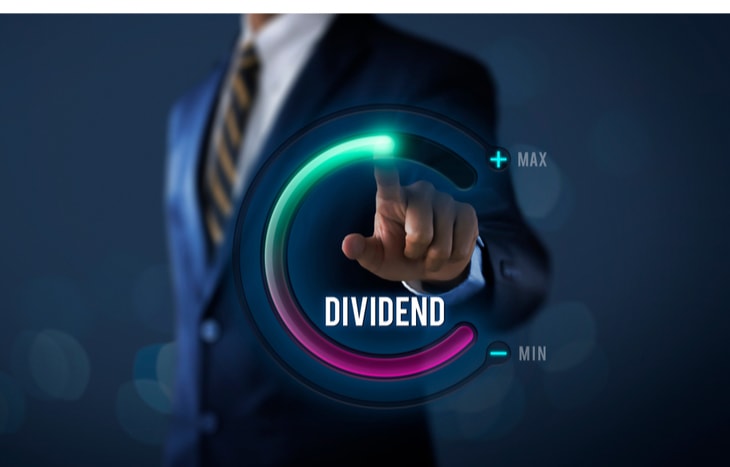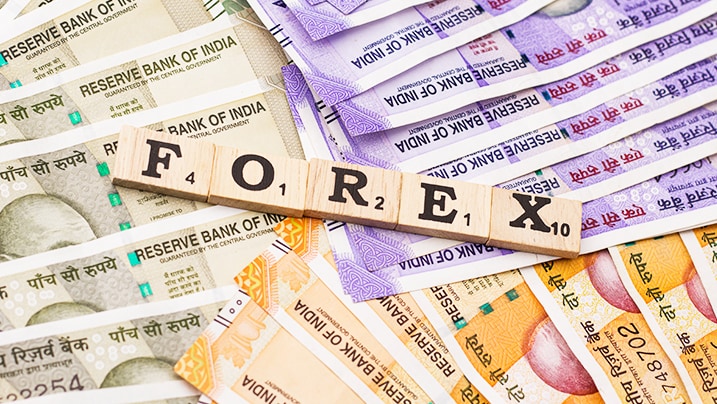
Forex trading tools can be used by traders to make trading easier and more efficient. These tools tell them how the market is moving, how traders are feeling about it, and who is trading what. They also let them see how their trading strategies can improve their results. These tools can help traders avoid common mistakes. These tools are helpful for anyone, from novice traders to experienced ones.
Traders can use a forex economic calendar to identify significant events and understand how they might affect the market. This tool can also be used to predict volatility. It displays a list of events that could affect the market over the week, and which currencies are most at risk. It can also help traders come up with trading ideas.
A time zone convertor is another useful tool. This tool allows market participants and traders to convert time between different times zones. This is useful in predicting volatility. Open European markets tend to make the market more volatile. Time zones can also impact the exchange rate for currency pairs. This tool is useful when planning leveraged trades.

Forex indicators help traders determine when the market is overbought or oversold. They also indicate when a trend might be breaking. These tools are useful for traders to determine when it is time to enter or exit a trade.
Trading journals help traders keep track of their trades. These journals can be kept in a notebook or using Excel. They can give positive statistics (e.g., positive trades) and negative statistics (e.g., trades that are losing). Traders can see which strategies are most profitable and which ones are not. This can help traders improve their trades by eliminating the strategies that are not profitable.
A Forex sentiment tool is a tool that uses machine-learning technology to provide insights intuitively. It uses millions to present traders with rich information about market sentiment. It is part the Premium Analytics portal.
Another tool that can be helpful is a Forex heat map. This tool allows traders to see the movements of currency pairs in the Forex market. Heat maps can also be used to identify new trading ideas.

This tool is useful for traders who want to find out which currency pairs are likely to pay the most. This tool can also help to determine the highest and least losses for a currency pairing. This can also prove useful to traders who wish only to ride a single trend.
The currency correlation matrix allows traders to see the relationship between different currency pairs. It helps traders identify currency pairs that are most volatile and those with the lowest potential losses.
A profit calculator is another tool to help traders. This calculator will help traders calculate potential gains and losses with a currency pair. This calculator can be used to help traders calculate the best risk/reward mix for their trading strategy.
FAQ
Why is a stock called security?
Security is an investment instrument whose value depends on another company. It could be issued by a corporation, government, or other entity (e.g. prefer stocks). If the underlying asset loses its value, the issuer may promise to pay dividends to shareholders or repay creditors' debt obligations.
What's the difference between the stock market and the securities market?
The securities market is the whole group of companies that are listed on any exchange for trading shares. This includes stocks as well options, futures and other financial instruments. Stock markets are typically divided into primary and secondary categories. Stock markets that are primary include large exchanges like the NYSE and NASDAQ. Secondary stock markets let investors trade privately and are smaller than the NYSE (New York Stock Exchange). These include OTC Bulletin Board (Over-the-Counter), Pink Sheets, and Nasdaq SmallCap Market.
Stock markets are important because it allows people to buy and sell shares in businesses. The price at which shares are traded determines their value. The company will issue new shares to the general population when it goes public. Dividends are received by investors who purchase newly issued shares. Dividends are payments made by a corporation to shareholders.
Stock markets provide buyers and sellers with a platform, as well as being a means of corporate governance. The boards of directors overseeing management are elected by shareholders. Boards ensure that managers use ethical business practices. If a board fails to perform this function, the government may step in and replace the board.
What are the advantages of owning stocks
Stocks are more volatile that bonds. When a company goes bankrupt, the value of its shares will fall dramatically.
The share price can rise if a company expands.
For capital raising, companies will often issue new shares. Investors can then purchase more shares of the company.
To borrow money, companies can use debt finance. This allows them to access cheap credit which allows them to grow quicker.
When a company has a good product, then people tend to buy it. The stock will become more expensive as there is more demand.
Stock prices should rise as long as the company produces products people want.
Statistics
- Ratchet down that 10% if you don't yet have a healthy emergency fund and 10% to 15% of your income funneled into a retirement savings account. (nerdwallet.com)
- Our focus on Main Street investors reflects the fact that American households own $38 trillion worth of equities, more than 59 percent of the U.S. equity market either directly or indirectly through mutual funds, retirement accounts, and other investments. (sec.gov)
- For instance, an individual or entity that owns 100,000 shares of a company with one million outstanding shares would have a 10% ownership stake. (investopedia.com)
- Individuals with very limited financial experience are either terrified by horror stories of average investors losing 50% of their portfolio value or are beguiled by "hot tips" that bear the promise of huge rewards but seldom pay off. (investopedia.com)
External Links
How To
How to open an account for trading
First, open a brokerage account. There are many brokers that provide different services. There are many brokers that charge fees and others that don't. Etrade, TD Ameritrade and Schwab are the most popular brokerages. Scottrade, Interactive Brokers, and Fidelity are also very popular.
Once your account has been opened, you will need to choose which type of account to open. You can choose from these options:
-
Individual Retirement Accounts (IRAs).
-
Roth Individual Retirement Accounts
-
401(k)s
-
403(b)s
-
SIMPLE IRAs
-
SEP IRAs
-
SIMPLE 401(k)s
Each option comes with its own set of benefits. IRA accounts have tax advantages but require more paperwork than other options. Roth IRAs are a way for investors to deduct their contributions from their taxable income. However they cannot be used as a source or funds for withdrawals. SIMPLE IRAs are similar to SEP IRAs except that they can be funded with matching funds from employers. SIMPLE IRAs are simple to set-up and very easy to use. Employers can contribute pre-tax dollars to SIMPLE IRAs and they will match the contributions.
The final step is to decide how much money you wish to invest. This is the initial deposit. Most brokers will give you a range of deposits based on your desired return. For example, you may be offered $5,000-$10,000 depending on your desired rate of return. The lower end of this range represents a conservative approach, and the upper end represents a risky approach.
After deciding on the type of account you want, you need to decide how much money you want to be invested. Each broker will require you to invest minimum amounts. These minimum amounts can vary from broker to broker, so make sure you check with each one.
After choosing the type account that suits your needs and the amount you are willing to invest, you can choose a broker. Before choosing a broker, you should consider these factors:
-
Fees-Ensure that fees are transparent and reasonable. Many brokers will try to hide fees by offering free trades or rebates. Some brokers will increase their fees once you have made your first trade. Be cautious of brokers who try to scam you into paying additional fees.
-
Customer service - Look for customer service representatives who are knowledgeable about their products and can quickly answer questions.
-
Security - Look for a broker who offers security features like multi-signature technology or two-factor authentication.
-
Mobile apps: Check to see whether the broker offers mobile applications that allow you access your portfolio via your smartphone.
-
Social media presence – Find out if your broker is active on social media. It might be time for them to leave if they don't.
-
Technology - Does the broker utilize cutting-edge technology Is the trading platform easy to use? Are there any problems with the trading platform?
After you have chosen a broker, sign up for an account. While some brokers offer free trial, others will charge a small fee. Once you sign up, confirm your email address, telephone number, and password. You will then be asked to enter personal information, such as your name and date of birth. You will then need to prove your identity.
After you have been verified, you will start receiving emails from your brokerage firm. You should carefully read the emails as they contain important information regarding your account. This will include information such as which assets can be bought and sold, what types of transactions are available and the associated fees. Be sure to keep track any special promotions that your broker sends. These could include referral bonuses, contests, or even free trades!
Next, open an online account. An online account can be opened through TradeStation or Interactive Brokers. These websites can be a great resource for beginners. When you open an account, you will usually need to provide your full address, telephone number, email address, as well as other information. After this information has been submitted, you will be given an activation number. This code is used to log into your account and complete this process.
Now that you've opened an account, you can start investing!